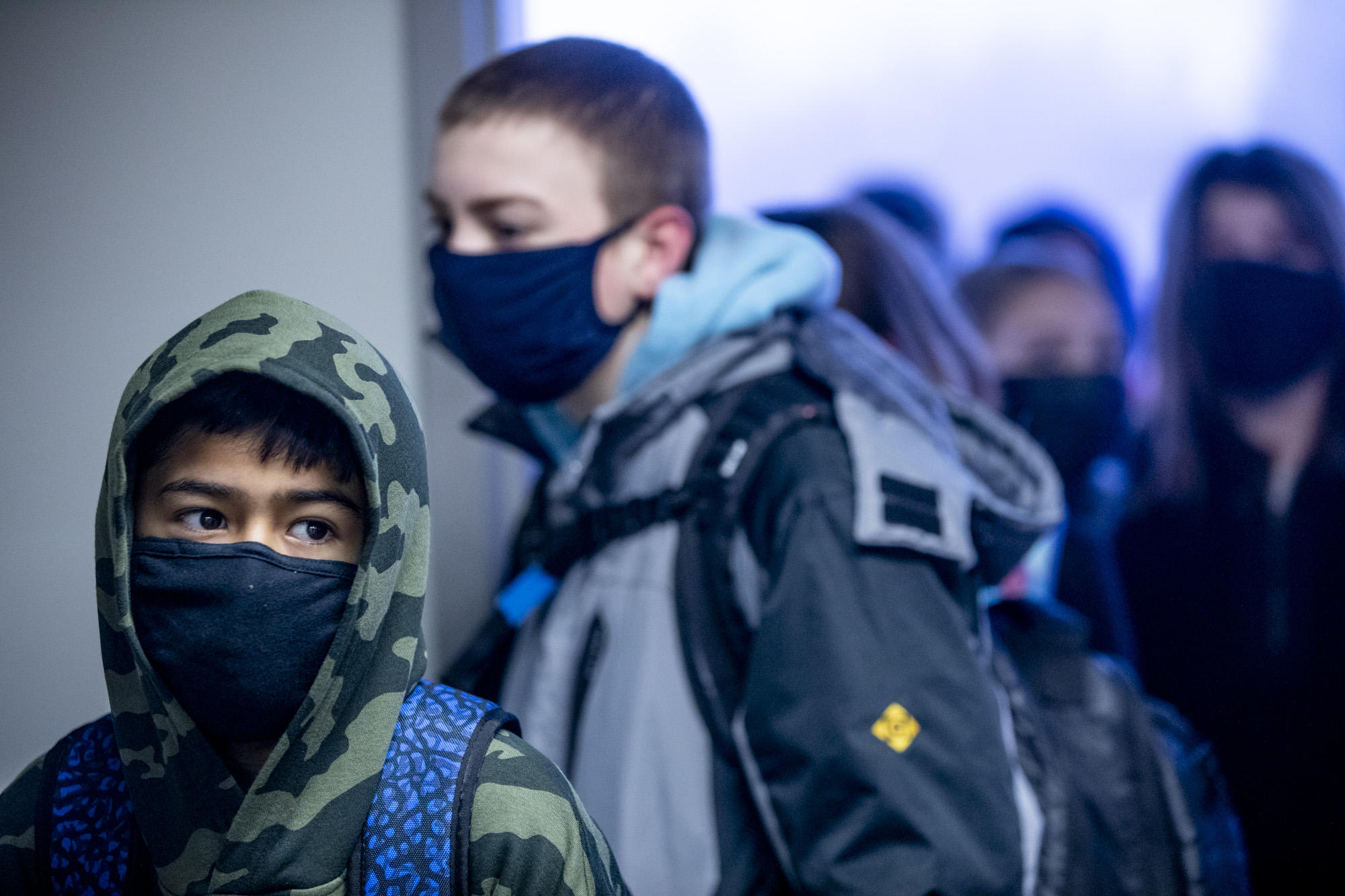This is some of the data reported from the latest Healthy Youth Survey, a biennial questionnaire of Washington students that gauges their mental health. The survey, which began in 2002, has been conducted every other year (until the pandemic, when data collection was postponed to 2021).
In 2023, more than 217,000 students from grades six-12 in all 39 counties participated in the voluntary and anonymous survey. The survey was administered electronically in 837 public schools to grades six, eight, 10 and 12, and parents or students could opt out at any point prior to or during the questionnaire.
In 2002, 30% of youth reported depressive feelings. Since then the number has increased, reaching a peak of 40% in 2018, until this year when it dropped to the lowest in two decades.
The survey is a collaborative effort with the state Department of Health, the Washington State Health Care Authority, the Office of Superintendent of Public Instruction and the Liquor and Cannabis Board.
The study was conducted mostly in person in public schools, since students reflect their environment and communities, said Maayan Simckes, principal investigator for the Healthy Youth Survey. The pandemic interrupted the survey in 2020, so the study does not include how students were affected that year.
Improved health behaviors and mental health along with increased social support were among the findings from this year’s survey, in comparison to 2021 results. At least seven in 10 reported feeling moderate to high hopes in 2023.
To gauge hopefulness, the survey asked students to agree or disagree with statements such as these: “I can think of many ways to get the things in life that are most important to me”; “I am doing just as well as other kids my age”; “When I have a problem, I can come up with lots of ways to solve it”; “I think the things I have done in the past will help me in the future.”
Data also showed an eight percentage point decrease in 10th graders experiencing depressive feelings, from 38.1% in 2021 to 29.9% in 2023. The percentage of students also contemplating suicide decreased from 19.6% in 2021 to 14.5% in 2023.
“You’ve got to ask yourself, ‘Why are youth suddenly reporting that they’re doing so well?’” said Simckes. “And what we’re thinking is that youth are really resilient.”
Simckes also pointed out that in recent years youth have faced challenges like returning to the classroom and facing educational gaps, but they’re familiarizing themselves with this chaotic environment.
Simckes said they can’t specify exactly what is causing this improvement in youth mental health across the state, but pointed out that social support is improving in the home and at school. Nearly 60% of youth said that they felt they had an adult to turn to when feeling depressed.
“We don’t know what comes first – are they feeling supported because their mental health is better?” asked Simckes. “Or is their mental health better because they’re feeling supported?”
Overall reported substance usage dropped from 19% in 2018 to 9% in 2023. Participants reported low numbers of vaping, consuming alcohol or cannabis. However, the survey showed an increased misuse of prescription drugs, pain killers and other drugs. The agencies involved are advocating for more prevention efforts to stop minor consumption of these products.
Results show that compared to previous years, depressive feelings among LGBTQ+ youth and those who report having a disability have improved, but these groups still remain more at risk than their peers. Simckes said the data showed one in three LGBTQ+ students were contemplating suicide in 2023, and were twice as likely as their peers to report depressive feelings.
Ken Shulman, Lambert House executive director, said the findings from the research reflect what their organization sees on the ground. Lambert House is a community center for LGBTQ+ youth in Seattle, offering a variety of social support from counseling to housing.
“There are many school-aged LGBTQ+ youth in elementary, middle and high school that are still living in the closet because they’re afraid either of harassment by their peers or that their LGBTQ+ identity will reach their parents through their friends and they’re not prepared to deal with the negative consequences at home,” Shulman said.
Depressive feelings among participants who identify as female were nearly double that of their male-identifying counterparts; more than twice as high for LGBTQ+ youth; and three times higher for students with disabilities.
Shulman said that although mental health for LGBTQ+ students is improving, this group remains highest for depressive feelings and contemplation of suicide due to the current national political climate.
“More than 500 legislative bills were introduced last year and the year before in state legislatures around the country, aiming to diminish freedom for LGBTQ people, and especially LGBTQ youth, and the youth are aware of this,” Shulman said. “So at the same time, they’re having more parental support, more stability, more safety in the schools … At the same time, they’re also in the center of a political maelstrom that is not of their own making over which they have little control, but that affects their future.”




